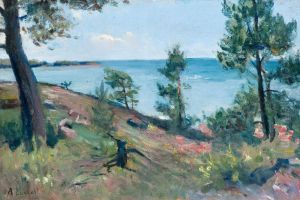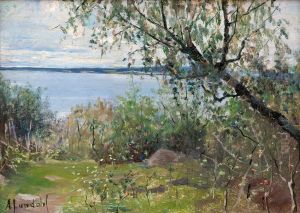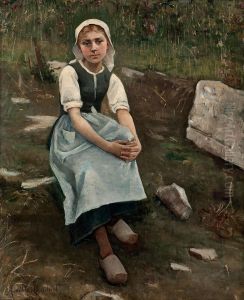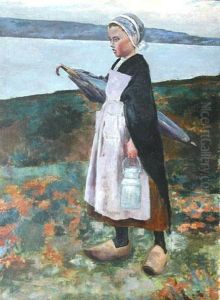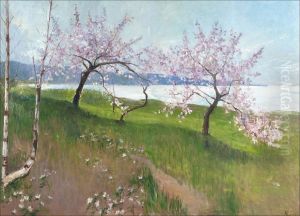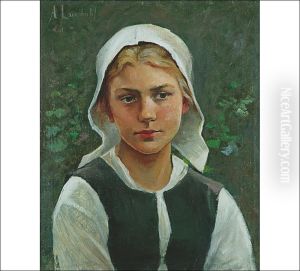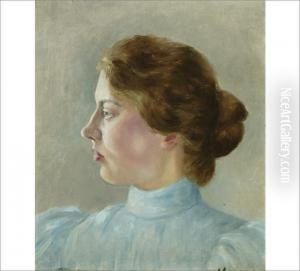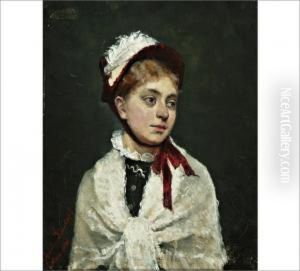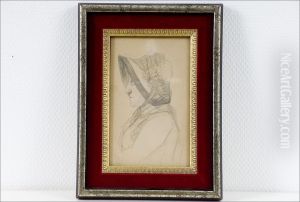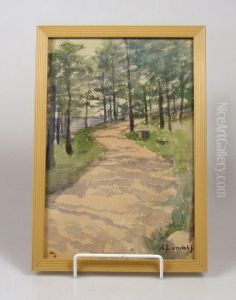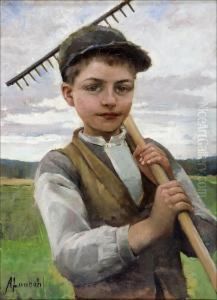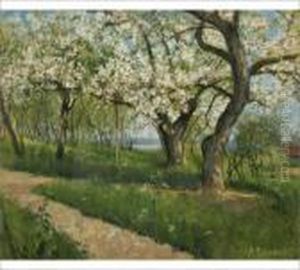Amelia H. Lundahl Paintings
Amelia H. Lundahl was an accomplished Swedish artist, born in 1850 and passing away in 1914. Her life spanned a period of significant change in Europe, both socially and artistically, and her work reflects the evolving tastes and sensibilities of her time. Lundahl's contribution to art is notable for her focus on genre scenes, portraits, and landscapes, showcasing her versatility and keen observation.
Educated primarily in Sweden, Lundahl was part of a growing movement of women who sought professional training in the arts during the late 19th century. This period marked a gradual opening of art institutions to female students, allowing talents like Lundahl to refine their skills and gain recognition in a male-dominated field. She furthered her education by traveling and studying in other parts of Europe, a common practice among artists of her era seeking to expand their horizons and influences.
Throughout her career, Lundahl participated in numerous exhibitions, both in Sweden and internationally. Her works were well-received, noted for their sensitivity to light, color, and detail. She often depicted scenes from daily life, imbuing them with a sense of dignity and beauty that resonated with viewers. Lundahl's portraits, on the other hand, are celebrated for their depth and the ability to capture the essence of her subjects.
Despite her achievements, Amelia H. Lundahl's name is not as widely recognized today as some of her contemporaries. However, her contributions to Scandinavian art are being reassessed and appreciated anew in recent years. Lundahl's paintings are included in several museum collections, where they stand as testaments to her skill and perspective as an artist navigating the challenges and opportunities of her time.
Lundahl's death in 1914 marked the end of a career that had spanned over four decades. During this time, she had developed a distinctive style that merged traditional techniques with a sensitivity to the changing world around her. Her legacy, while perhaps not as celebrated as it should be, continues to offer insights into the life and times of a pioneering woman artist in the late 19th and early 20th centuries.


